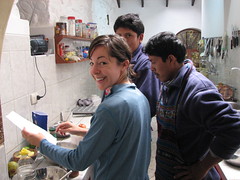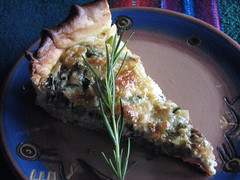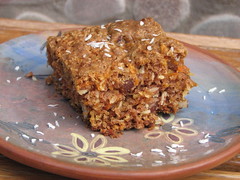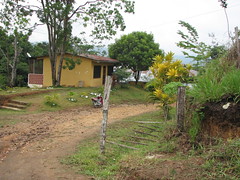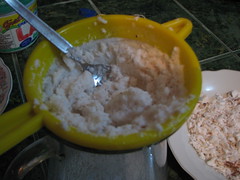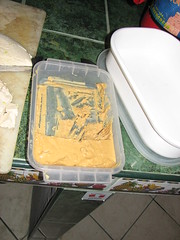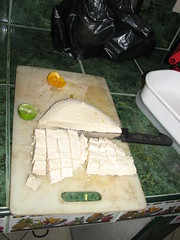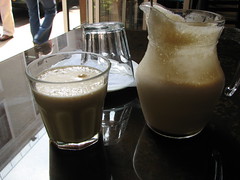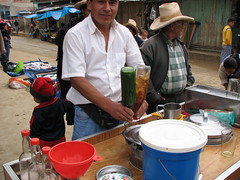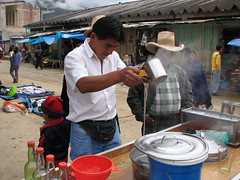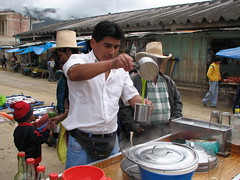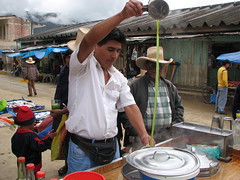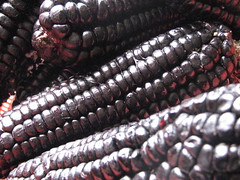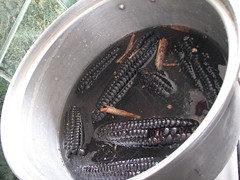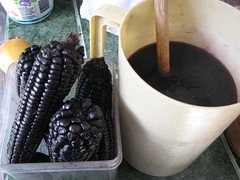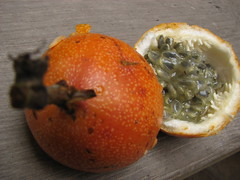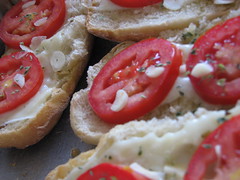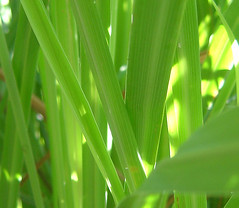May 22nd, 2008
Teaching and Cooking in Peru (with food photos!)
I was honored to spend a month in the Sacred Valley of Peru (near Machu Picchu), where I volunteered for a group yoga retreat center, teaching the staff vegan cooking and vegetarian classics (all in Spanish!). The kitchen was lacto-ovo vegetarian and the owner wanted them to have some vegan recipes under their belts, so I was invited to teach them the ins and outs of vegan foods.
I really enjoyed teaching and the staff was eager and happy to learn when in the kitchen. I spent a lot of time reading cookbooks and pulling ideas and inspirations and making it work for the available local items. I designed a few menus and taught basics like bread baking, muffins, cookies, pie crusts, tofu making and a number of entrees, salads and desserts. I am most proud of the seed bread I created for them with local whole wheat flour, quinoa, amaranth, flax seed, sesame seed and pumpkin seeds. It was delicious and nutritious. It is very difficult to find whole wheat bread in Peru; the locals bread of choice is basically an eggy white roll, so this was something new for the staff and something the guests loved. (PS Missoula yoga group, I still owe you the recipe, send me an email).
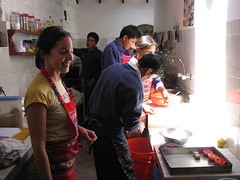
Getting tomatoes and garlic ready for roasting.
The star dish that the staff and the guests loved was my lasagna (my grandma will be proud). We made a hand-rolled vegan pasta, homemade roasted garlic tomato sauce, sauteed spinach and garlic and local mozzarella and house-made ricotta. It came out beautiful and tasty. The vegan version will obviously be sans dairy with the homemade tofu. I taught how to make quinoa milk (recipe below), which was really easy and substituted well for cow’s milk in baking. Luckily, we had easy access to flax seeds, so that was our major egg replacer in baking. The produce was local, beautiful and fresh. Everyone ate well and learned a lot. I even wrote out all the recipes in Spanish so they have a mini cookbook to reference.
Culturally, Peruvians are more laid back than Westerners. It was new to me to take my time in the kitchen, coming out of a culinary education that encourages efficiency and speed in the kitchen. I think we both learned a lot from each other and I focused on teaching the hows along with the whys of vegan cuisine. Plus we had a lot of fun in the kitchen. Enough of this, on to the recipe and pictures!
Quinoa Milk Yields: ~1 quart/liter
This milk will last in the fridge for about a week. For a beverage, you can cook the quinoa with cinnamon to give it a new dimension.
Ingredients
1/2 cup quinoa
4 cups water
pinch sea salt
to taste sweetener of choice (unrefined sugar, agave, honey)
1/2 tsp vanilla extract (optional)
Method
1. Place quinoa in a glass bowl and cover with water. Refrigerate and soak overnight.
2. Strain quinoa well and rinse under running water.
3. Place quinoa in a sauce pot with 2 cups of water and salt. Bring to a boil, reduce heat and simmer for 20 minutes.
4. Place entire contents into a blender and blend on high speed for at least 1 minute.
5. Add enough water for your desired consistency and sweetener to taste. Add vanilla if desired.
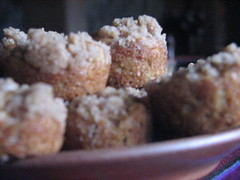
Apple Pie Muffins (VWAV modified)
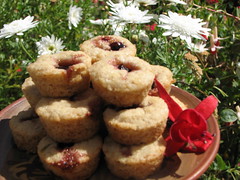
Sauco Corn Muffins (like Elderberries)
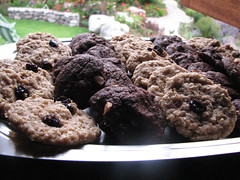
Chocolate Brazil Nut Cookies and Oatmeal Raisin
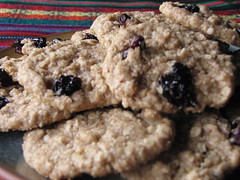
Comforting Oatmeal Raisin Cookies

Mango Pear Pie (filling: V’con modified)
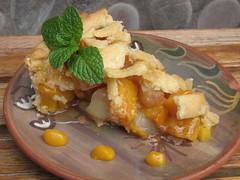
A slice of heaven (Crust Recipe here)
